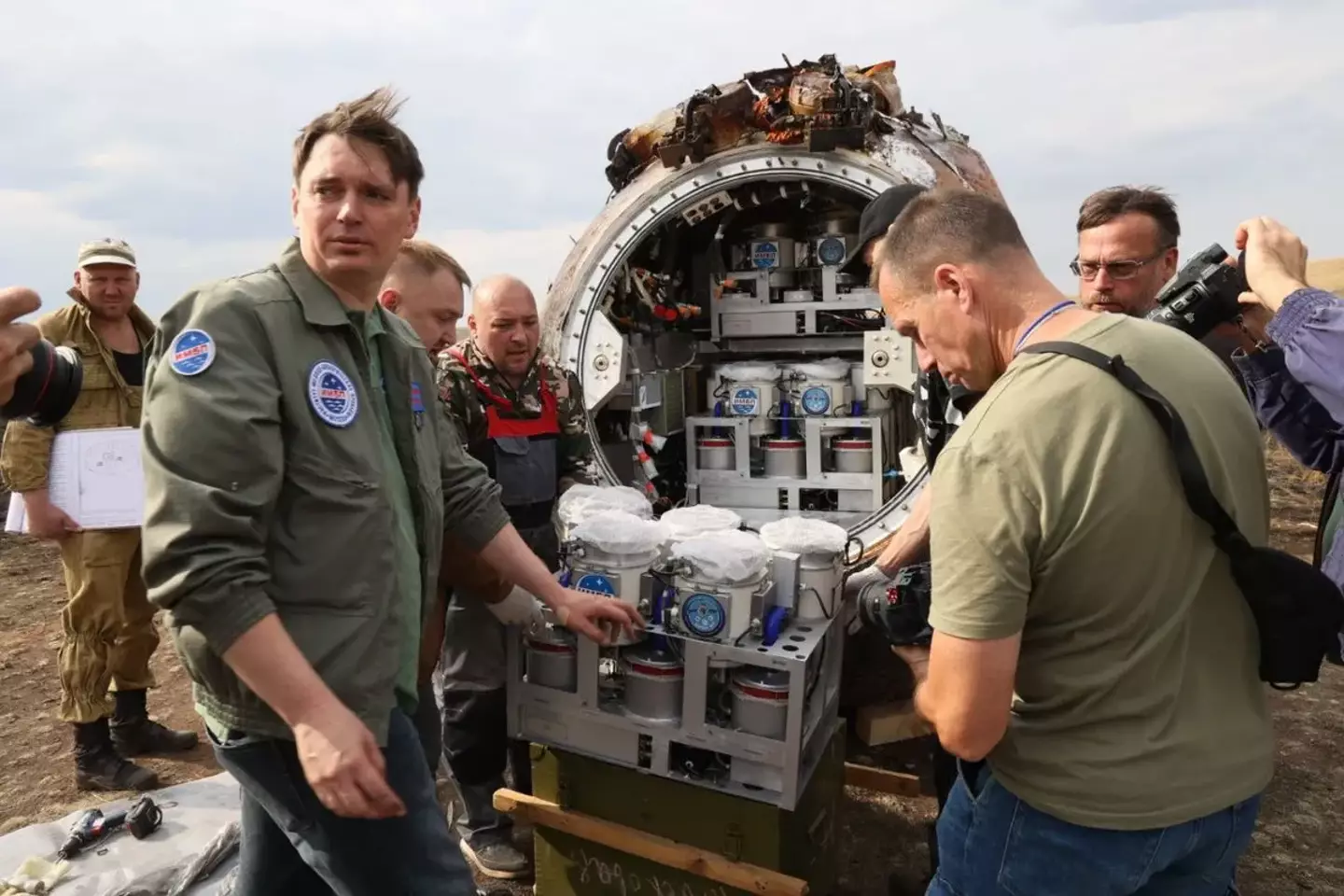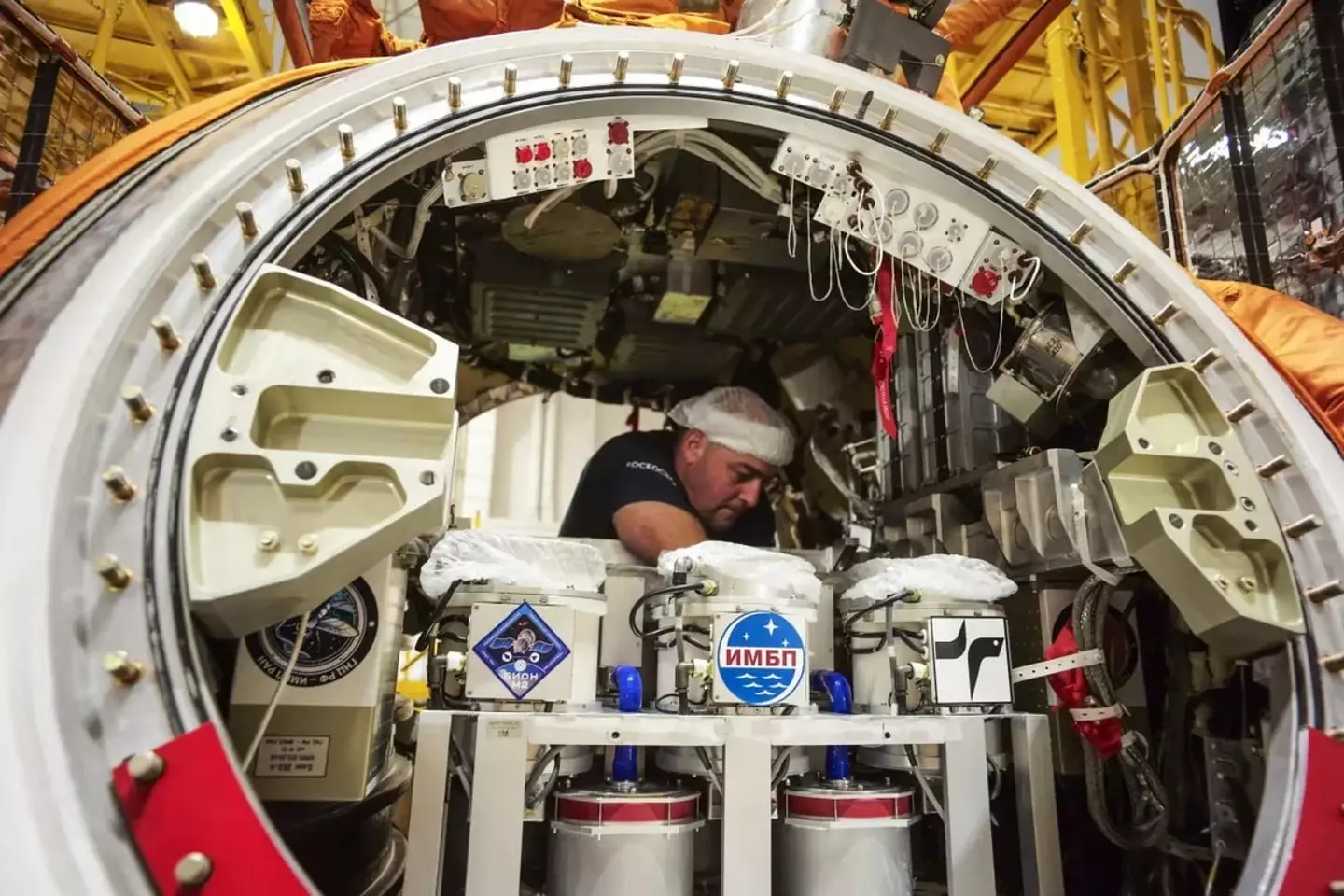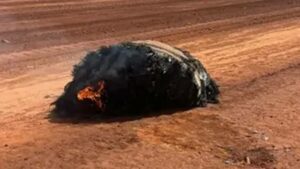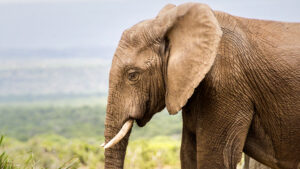Mysterious Crash of ‘Noah’s Ark’ Satellite in Russia Sparks Questions After 1,500 Flies and 75 Mice Space Mission
So here’s a cosmic tale for ya—Russia just sent a space capsule, affectionately nicknamed ‘Noah’s Ark,’ hurtling around Earth from pole to pole, loaded not with animals two by two, but with over 30 wild experiments involving live mice, flies, plants, and microorganisms. Now, imagine this shiny space pod blazing back into the steppes of southwest Russia, stirring up a mini bushfire like it’s throwing a celestial barbecue party. Luckily, the fire was put out fast, and the real heroes—scientists—were on the scene quicker than you can say “cosmic radiation,” snagging those critters to check out how life hustles through the unforgiving vacuum of space. Talk about an interstellar science experiment that’s part animal rescue, part space odyssey! Ever wonder what happens to a fly’s motor skills after a month of weightlessness? Or how mice handle orbit’s cosmic rays? Buckle up, because this mission’s breakdown might just flip your perspective on life beyond our blue marble. LEARN MORE
A Russian space capsule dubbed ‘Noah’s Ark’ has successfully landed back on Earth with more than 30 different experiments involving live mice and flies onboard.
The unusual mission saw the Bion-M No. 2 satellite launched into a polar orbit from the Baikonur Cosmodrome in Kazakhstan on a Soyuz rocket on 20 August, before orbiting Earth from pole to pole for 30 days.
The capsule, which also carried a host of plants and microorganisms onboard, landed in the steppes of the Orenburg region in southwest Russia on 19 September, with images from the landing suggesting it had caused a small bushfire.
Fortunately, the fire was quickly extinguished, and experts were helicoptered in to begin extracting the living creatures as soon as possible, allowing them to start their examinations.

The first tests were conducted at the landing site (Roscosmos)
During the mission, the animals on board were exposed to space conditions, particularly high levels of cosmic radiation, in an attempt to test how life reacts to prolonged exposure to space.
A medical tent was quickly erected at the landing site where specialists could conduct their initial assessments. One of the first things they needed to do was assess the flies’ motor activity to detect whether they were experiencing any nervous system problems, Space reports.
According to the Institute of Biomedical Problems of the Russian Academy of Sciences (IBMP), which led the mission alongside Russian space agency Roscosmos and the Russian Academy of Sciences, the creatures would then be transferred to IBMP laboratories the following day.
While the programme had more than 30 experiments in total, the research consisted of 10 different ‘sections,’ which are related to gravitational physiology in animals, with a bid to develop new technologies that will protect human life during flights against the impacts of cosmic radiation and weightlessness.

A technician preparing the experiments pre-launch (Roscosmos)
The next three sections explore the impact of space flight and external factors on the biology of plants and microorganisms, aiming to gain a deeper understanding of the patterns of life in the universe.
Meanwhile, the sixth, eighth and ninth sections include biotechnological, technological, physical and technical experiments, while the seventh section looks at protecting crewed spacecrafts from radiation. The final section features a host of experiments conducted by students at various schools of the Russian Federation and the Republic of Belarus.
One particular experiment, dubbed Meteorite, took place when the capsule re-entered the Earth’s atmosphere and looked at a theory called panspermia.
The theory argues that life exists throughout the universe and can be distributed to planets through space dust, meteoroids, comets and asteroids.
Auto Amazon Links: No products found.














Post Comment